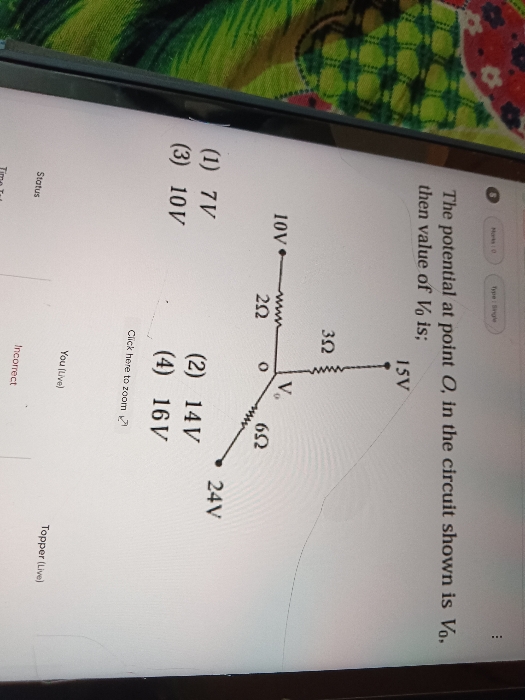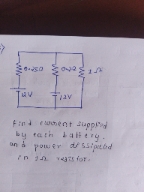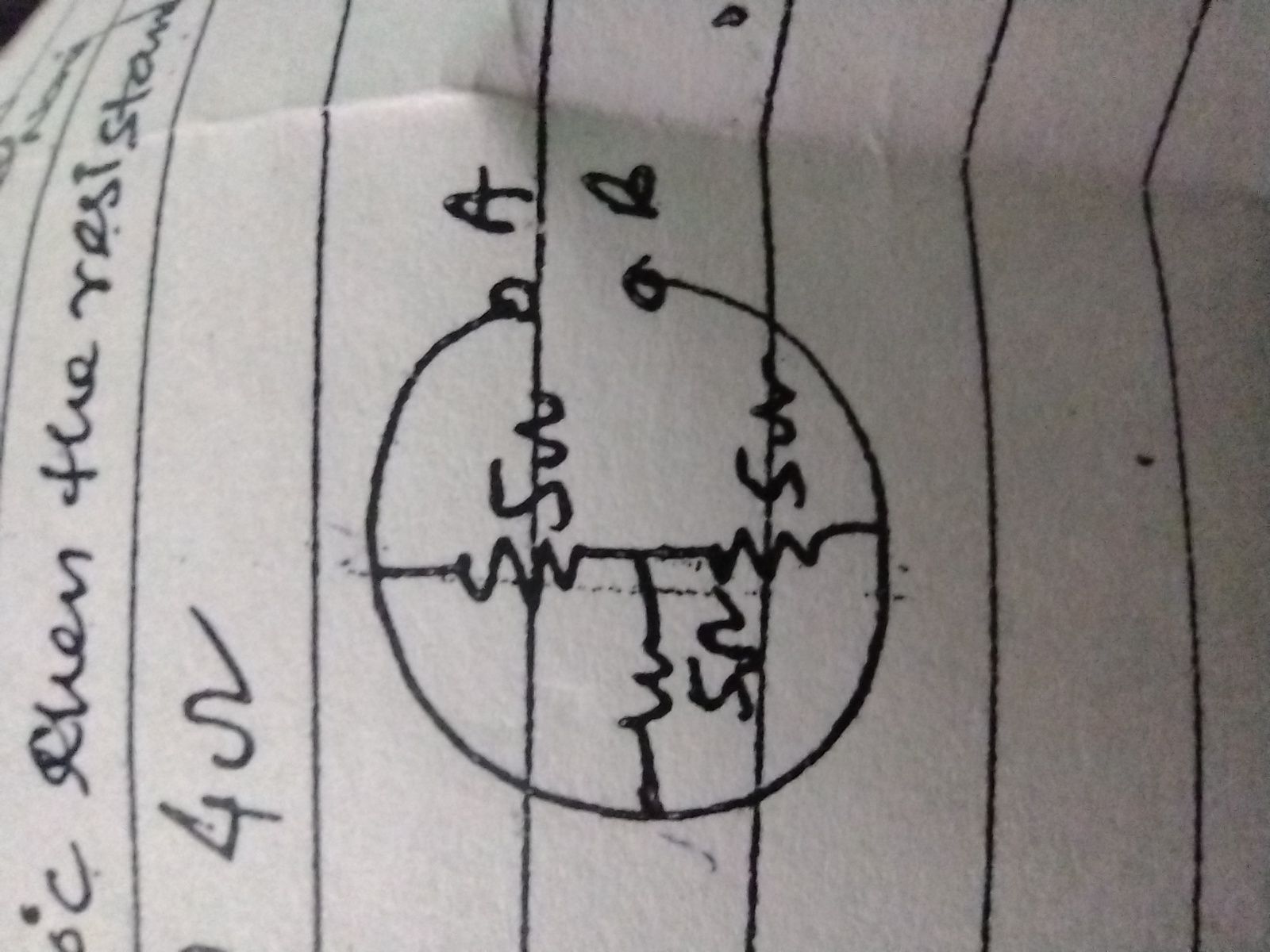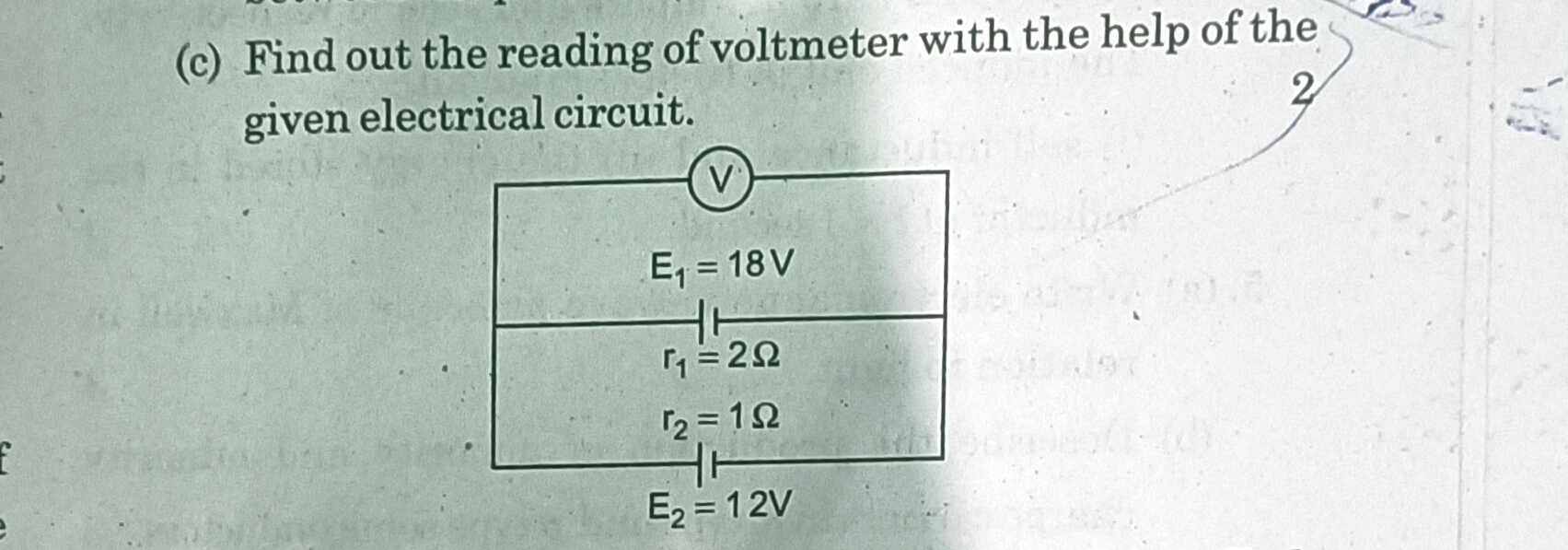CBSE Class 12-science Answered
In many electronic circuits, one commonly finds resistors and sometimes also capacitors that have coloured stripes or bands painted on the outside as an indication of what value they have (i.e. how many Ohms or Farads). To be able to decode these coloured bands is a 'knack' or a trick that one can learn easily.
Apart from kowing what the colours mean, we also have to understand what the bands' positions mean. The colour code must be read from left to right, and so it is important to figure out which end of the resistor to start from. This is usually the hardest bit, unfortuanely! Sometimes the only way to tackle this problem is to decode the coloured bands starting at either end, yielding two different possible values for the resistor, and then checking those against one of the "E-series" value-tables (see below) to figure out which of the two possible values actually exists.
Four vs. Five Bands
Two different coding-schemes exist; one with 4 bands, and one with 5 bands. Although the meaning of the colours is the same in each of these schemes, the meaning of the bands is slightly different in each.
In general, the first two or three bands encode a two- or three-digit number, and the following bands encode a multiplier (i.e. how many zeroes) and a tolerance value.
The encoding with four coloured bands:
band
- 1st digit of value
- 2nd digit of value
- multiplier
- tolerance
The encoding with five coloured bands:
band
- 1st digit of value
- 2nd digit of value
- 3rd digit of value
- multiplier
- tolerance
The Colour Code
Here is a table listing the meaning of each colour for the three possible functions of a band (digit, multiplier or tolerance):
 |
| Resistor Colour Code |
In the Good Old Days, resistors generally had tolerances of 10% or 5%, so the last band, being either silver or gold, was easily spotted. Nowadays, however, resistors usually have 2% or 1% tolerance (or better) and the last band is not so immediately evident anymore. In addition, modern resistors are usually decorated with 5 bands, which further complicates matters.
Let's look at some resistors.
 |
| Resistor |
The colours here appear to be brown-green-brown-gold. The gold colour can never occur in the first band, so it must be the last band in this case.
Decoding the digits we get:
brown = '1'
green = '5'
then the multiplier:
brown = '10' (or '1 zero')
and finally the tolerance:
gold = '5%'
This is a 150Ω, 5% resistor.
Another example:
| Resistor |
Here we see gold-orange-black-brown but, because the gold band cannot be the first, we know this resistor was photographed upside-down. In the correct order, the bands read brown-black-orange-gold:
brown = '1'
black = '0'
the multiplier:
orange = '1000' (or '3 zeros')
and tolerance:
gold = '5%'
This is a 10.000Ω (or 10kΩ), 5% resistor.
| Resistor |
Here we see five bands: brown-red-brown-black-brown, or possibly the other way round: brown-black-brown-red-brown (although the broader brown band at the right is probably the tolerance).
In one direction we read 3 digits: '1' - '2' - '1',
the multiplier '1' (or '0 zeroes') and tolerance '1%'
That gives 121Ω, 1%
In the other direction we read 3 digits: '1' - '0' - '1',
the multiplier '100' (or '2 zeroes') and tolerance '1%'
That gives 10100Ω (or 10.1kΩ, or 10k1Ω), 1%
As you can see, there is a rather significant difference between these two different readings of the same resistor.













